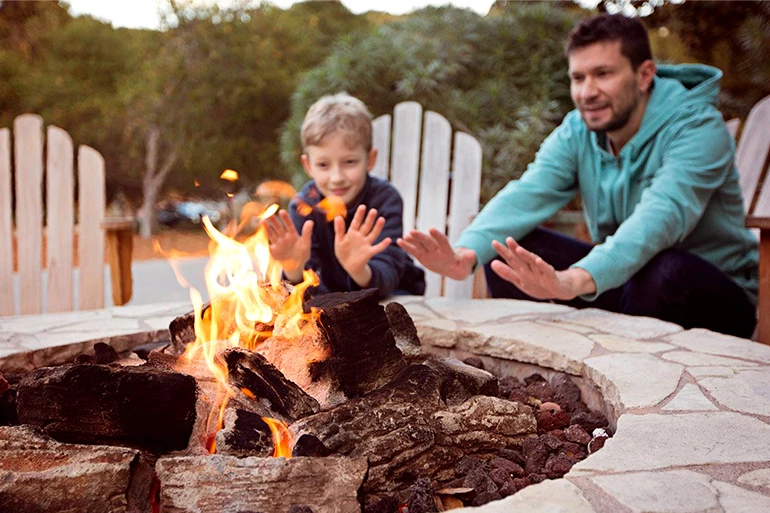DIY Fire Pit Kits Buyer's Guide
The DIY propane fire pit is not for everyone. There are specific circumstances and people with a particular set of skills who can install DIY fire pits using a fire pit kit. The average consumer looking for an "out of the box" style fire pit to add to the backyard without hassle should think twice about these.
The DIY gas fire pit is designed more for a contractor installing a custom fire pit for a job. But, it could also be for the handy homeowner with a mechanical skill set who wants to customize the look of a unit. In other words, these fire pits are for the people who are in the process of making an outdoor space of their dreams. A DIY kit isn't typically an accent to an already great backyard, although it can be that, too!
See, the keywords here are "Do It Yourself." Buy a burner pan and components and build the enclosure all on your own. Or, buy the enclosure and finish it with a veneer of your choosing.
-

- Round DIY fire pit
If the idea of doing that makes you happier than a pig in slop, keep reading. This article will tell you everything you need to know about a propane fire pit kit so you can make the best outdoor space in the neighborhood.

